

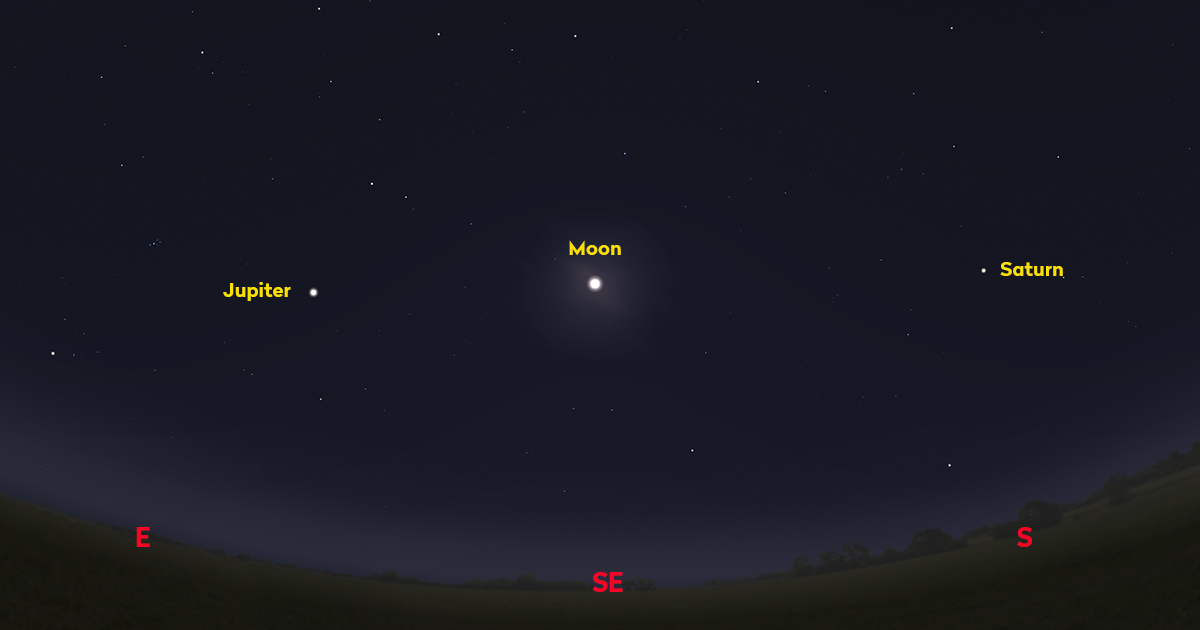
As Jupiter and Saturn make their return to the September sky, they bring along their diverse and intriguing moons for stargazers to admire. With Saturn boasting a total of 146 identified moons, including the easily visible Titan and the erupting Enceladus, and Jupiter showcasing the mesmerizing Galilean Moons, this month's celestial event is a must-see for astronomy enthusiasts. These moons not only offer stunning views, but also hold potential for future exploration missions, such as NASA's Dragonfly mission to Titan in the 2030s.
As autumn sets in, the night sky over September promises an extraordinary celestial event. Jupiter and Saturn, the two largest planets in our solar system, make their annual return, bringing along their diverse and intriguing moons for stargazers to admire.
Background
Jupiter and Saturn are gas giants located beyond Mars in our solar system. They have been observed and studied for centuries, with their largest moons discovered by Italian astronomer Galileo Galilei in the 17th century. Since then, numerous additional moons have been discovered, revealing the complex and fascinating systems that orbit these celestial giants.
Current Event: September 2023
In September 2023, Jupiter and Saturn will be visible in the night sky shortly after sunset. They will be in conjunction, passing close together in the constellation Pisces. During this time, skywatchers will have an exceptional opportunity to observe their moons.
Saturn's Moons
Saturn boasts a system of 146 identified moons, ranging from small icy bodies to the massive moon Titan. Titan, the largest moon in Saturn's system, is larger than Mercury and has a thick atmosphere and intriguing surface features. Other notable moons include Enceladus, known for its erupting geysers, and Iapetus, which has a striking two-toned appearance.
Jupiter's Moons
Jupiter's moon system is equally impressive, with four large moons discovered by Galileo Galilei: Io, Europa, Ganymede, and Callisto. These "Galilean Moons" are each larger than Earth's moon and display a wide range of geological activity and potential for habitability. Io is the most volcanically active body in the solar system, while Europa is thought to harbor a subsurface ocean that may support life.
Significance
The September return of Jupiter and Saturn offers a unique opportunity for astronomy enthusiasts to witness these celestial marvels. The moons of these planets not only provide stunning views but also hold immense scientific interest. They are potential targets for future exploration missions, such as NASA's Dragonfly mission to Titan, which aims to study the methane-rich environment of Saturn's largest moon.
Top 5 FAQs
Q: When will Jupiter and Saturn be visible in September? A: They will be visible shortly after sunset from mid-September to early October.
Q: How many moons does Saturn have? A: Saturn has 146 identified moons.
Q: What is the largest moon in Saturn's system? A: Titan is the largest moon in Saturn's system.
Q: What is the most volcanically active body in the solar system? A: Io, a moon of Jupiter, is the most volcanically active body in the solar system.
Q: Which moon of Jupiter is thought to harbor a subsurface ocean? A: Europa is thought to harbor a subsurface ocean that may support life.
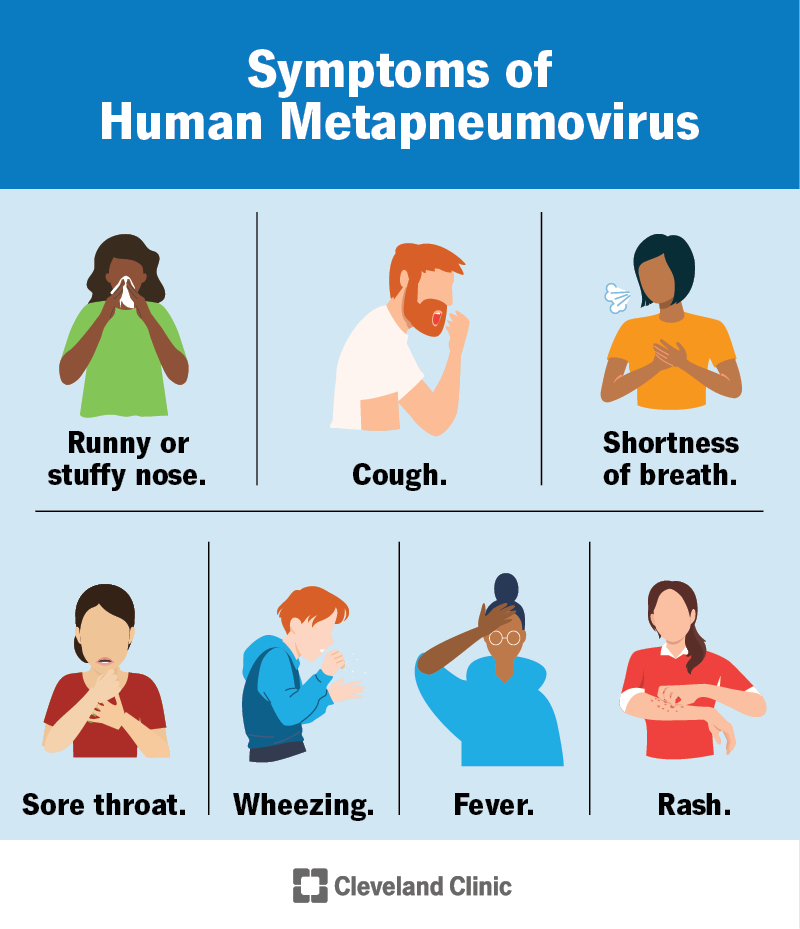
As China experiences an outbreak of Human Metapneumovirus, also known as HMPV, health officials in Telangana, India have issued a list of precautions for the public, despite no reported cases in the state. The respiratory virus, which primarily affects children, immunocompromised individuals, and the elderly, can lead to a wide range of symptoms, including mild cold-like illness and more serious respiratory conditions. However, the Indian health agency has assured that there is no cause for alarm and that the country does not need to worry at this time.

Renowned nuclear scientist and key figure in India's nuclear program, Dr. R Chidambaram, passed away at the age of 88. He was known for his contributions to nuclear research and played a significant role in India's nuclear tests and the country's civil nuclear agreement with the United States. His passing marks a significant loss for the scientific community and the country's progress in the field of nuclear technology.
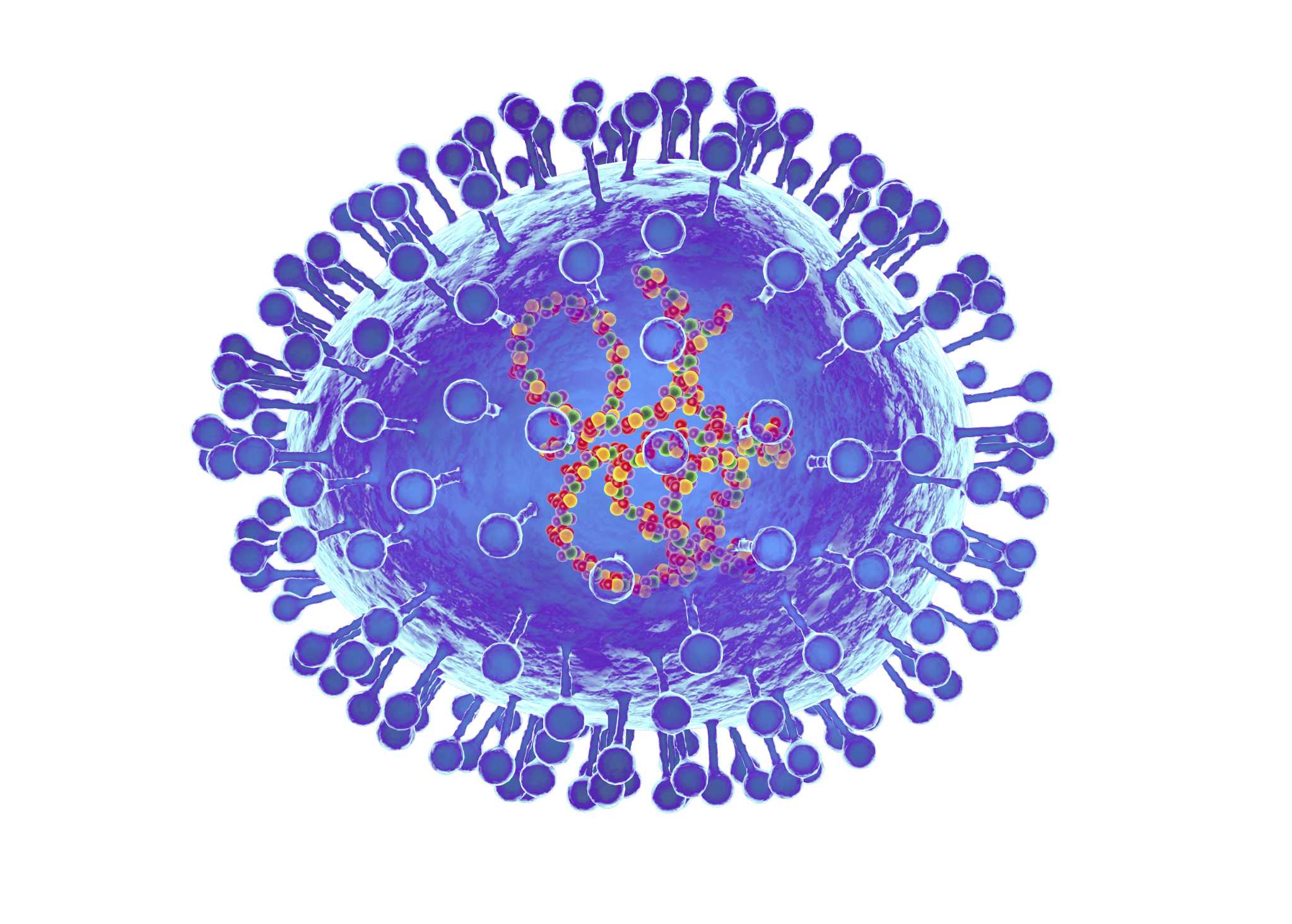
The recent spread of a new virus, human metapneumovirus (HMPV), in China has sparked global concerns, with reports of increasing cases among children under 14. However, Indian health experts and the Union Ministry of Health and Family Welfare have dismissed the possibility of a widespread disruption. This is due to previous knowledge about HMPV and its similarity to respiratory syncytial virus (RSV), a common respiratory pathogen. While HMPV may be a trigger for asthma in infants, it is not as deadly as Covid-19 and there is no reason for alarm yet.

China's disease control authorities have launched pilot systems to monitor and report cases of Human Metapneumovirus (HMPV), which has been linked to a recent flu outbreak. As the country continues to battle this respiratory virus, the World Health Organization calls for transparency and cooperation in researching the origins of COVID-19 to better prevent and prepare for future epidemics. Experts warn that people with weak respiratory health and weakened immune systems, as well as young children and the elderly, are most at risk for HMPV and urge preventive measures such as frequent hand washing and wearing masks.
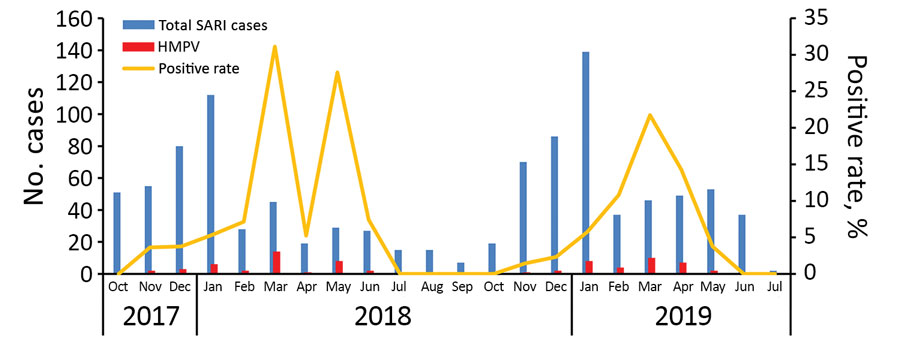
Amidst growing concerns over the coronavirus outbreak, China confirms an increase in cases of human metapneumovirus (HMPV) among children under 14 years old, especially in northern provinces. HMPV is a respiratory illness similar to the common cold, with symptoms including coughing, runny nose, and sore throat. Health officials are urging the public not to blindly use antiviral drugs to fight HMPV, as there is currently no vaccine against the virus. Antibiotics may be prescribed in extreme cases where HMPV has caused pneumonia and a secondary bacterial infection.

The University Grants Commission (UGC) has announced draft guidelines for introducing skill-based courses and micro-credentials in higher education institutions, aligning with the objectives of the National Education Policy 2020. These courses, including emerging fields such as data analytics and AI, aim to enhance students' employability and support economic growth through a qualified workforce. Feedback on the guidelines will be accepted for the next 30 days, giving students and educators a chance to provide their input.
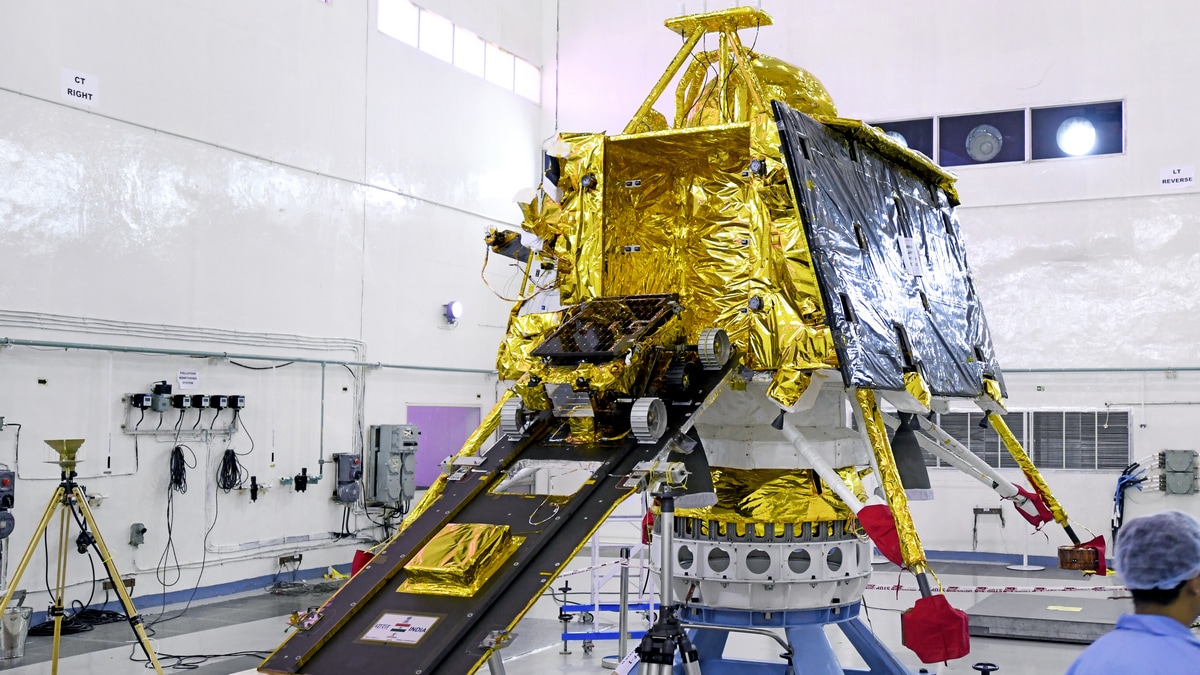
Indian Space Research Organisation (ISRO) has successfully placed two satellites, weighing 220kg, into a circular orbit of 475 km for a crucial space docking technology demonstration. This mission also included the launch of POEM-4 with 24 payloads from startups, industries, and academia. Scientist S Somanath stated that the docking process is expected to take place on January 7, after operations at ISTRAC Bengaluru from December 31. This mission is a major step towards future space missions for India.

The Indian Space Research Organisation (ISRO) launched the PSLV C60 mission on Monday night, marking a historic moment for the country's space exploration. The mission involved the launch of two spacecraft, which will demonstrate India's capabilities in orbital docking- a crucial technology for future human spaceflight and satellite servicing missions. With this achievement, India joins an elite group of countries with this technology, furthering the country's ambitions to send humans to the Moon and establish its own space station.

India's ISRO launched its Polar Satellite Launch Vehicle (PSLV-C50) carrying two spacecraft, Spacecraft A and B, to test key technologies for the future establishment of a space station. This mission is a precursor to ISRO's goal of setting up its own space station by 2035 and will aid in space docking, satellite servicing, and future interplanetary missions. The successful launch marks another milestone for India's growing space program.
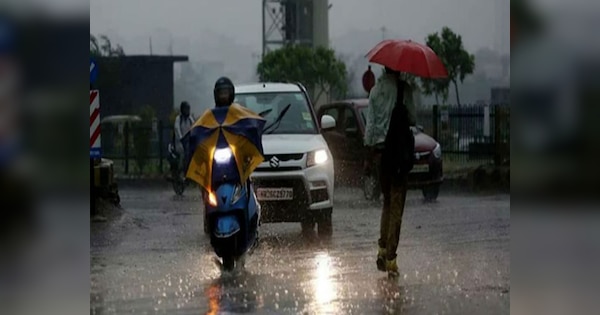
A new western disturbance is expected to affect the state of Rajasthan, bringing in light to moderate rain and hailstorms on Thursday. The India Meteorological Department (IMD) has predicted this system to also bring snowfall in the Himalayan region. North India continues to face severe cold wave conditions, with some states experiencing temperatures as low as -10.6 degrees Celsius. However, some relief may be in sight for Rajasthan with these weather changes.